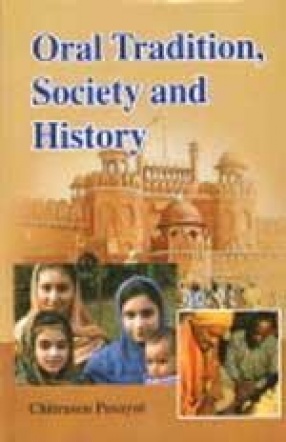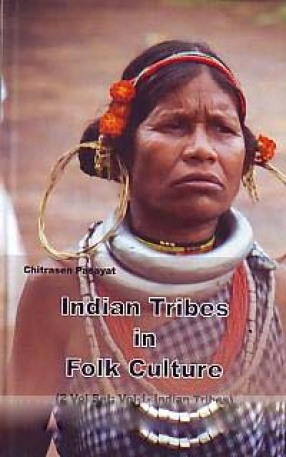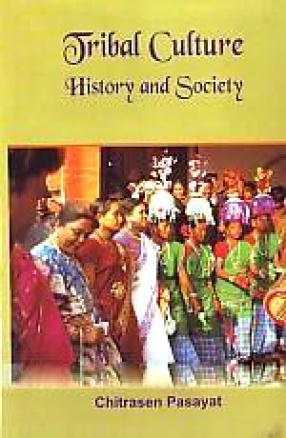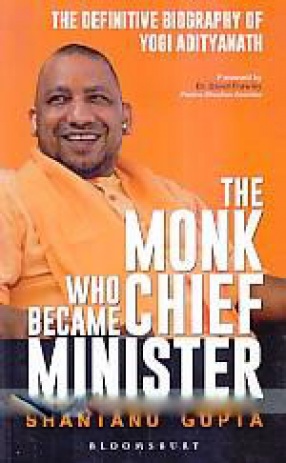On the issue of relationship between the tribal people and the caste-Hindus in India, we find two different views. One is that many social and cultural traditions of the Hindu Great Tradition have organic links with the Tribal Society and Culture. On the other hand, some maintain that the tribal and the Hindu traditions are separate; tribal people do not have more than casual contacts with the caste-Hindus. However, varied nature of social realities suggest coexistence of tribal as well as caste characteristics in a given empirical situation though Sanskritisation, Hinduisation and Aryanisation, etc. are widely introduced and developed by the scholars to study social, and cultural change among the tribal people in India. Such literatures suffer from a bias because it describes social and cultural change necessarily through the Brahminical models where Sanskritic elements have received more attention in empirical studies. Papers in this book reveal the fact that caste-Hindus have been substantially influenced by the tribal people in India throughout the history and neither Sanskritisation nor Tribalisation is exclusively found to be helpful in explaining and understanding a social or cultural item in a society or community; there is every possibility of tribal and Hindu elements co-existing in a given social/cultural item which may be due to Sanskritisation or vice versa. It means that the process of Sanskritisation is intimately linked with the process of Tribalisation; there is a fusion of two processes of Sanskritisation and Tribalisation. Also, attempts have been made in this volume to study myths associated in different walks of life and how history is carefully blended with the tradition to construct a picture of the past. Thus, papers in this volume unfold downward devolution of cultural elements of the Great Tradition and their integration with the Little Traditional Elements.
Indian Tribes in Folk Culture (In 2 Volumes)
$158.40
$176.00








There are no reviews yet.